Introduction
The Alcohol Dependence Scale (ADS), developed by Dr. Harvey A. Skinner and Dr. John L. Horn in 1982, serves as a gold standard for measuring the severity of alcohol dependence syndrome (Skinner & Horn, 1984). Alcohol dependence, a chronic condition characterized by impaired control and withdrawal symptoms, affects millions globally, necessitating robust assessment tools (Skinner & Horn, 1984; Doyle & Donovan, 2009). With over 2,500 citations, the ADS is widely recognized for its precision in clinical and research settings. This article explores the ADS’s key features, validation, applications, and its critical role in advancing addiction research and patient care
Key Features of the Alcohol Dependence Scale (ADS)
Purpose and Use
The ADS is a 25-item, self-administered questionnaire designed to measure the severity of alcohol dependence syndrome. Specifically, it assesses behavioral, cognitive, and physical aspects of dependence, such as withdrawal intensity and failed attempts to quit. For instance, its structured format makes it ideal for both clinical diagnostics and epidemiological studies.
Domains and Sub-Domains
The ADS focuses on the following:
- Domain: Psychology
- Sub-Domains:
- Behavioral control impairment
- Cognitive preoccupation with drinking
- Physical/psychological withdrawal
Questions Coverage
The ADS covers:
- Symptom Severity: Withdrawal intensity (e.g., shakes, nausea).
- Behavioral Patterns: Failed attempts to reduce drinking.
- Temporal Aspects: Experiences over the past 12 months.
The questionnaire uses a mix of response types:
- 6 binary items (0/1)
- 16 trichotomous items (0/1/2)
- 3 four-point items (0/1/2/3)
Target Population
The ADS is validated for adults aged 18 and older, including:
- Young adults (18–24)
- Middle-aged adults (25–44)
- Older adults (45–64)
- Seniors (65+)
Its broad applicability ensures relevance across diverse clinical populations.
Languages Available
The ADS is available in:
- English
- Spanish
- Russian
- Other translations (contact CAMH for details)
This multilingual accessibility supports global research efforts.
Cost and Accessibility of the Alcohol Dependence Scale (ADS)
Scoring and Interpretation
The ADS employs a multiple-choice format with a total score ranging from 0 to 47. Higher scores indicate greater dependence severity, interpreted as:
- 1–13: Low dependence (primarily psychological)
- 14–21: Moderate dependence (psychosocial and some physical issues)
- 22–30: Substantial dependence (likely physical dependence)
- 31–47: Severe dependence (high likelihood of physical disorders)
A cut-off score of ≥14 indicates moderate-severe dependence, with 75% sensitivity and 89% specificity (Kahler et al., 2003).
Clinical Utility and Applications
The ADS serves multiple purposes:
- Screening: Identifies individuals with moderate to severe alcohol dependence.
- Monitoring: Tracks changes in dependence over time.
- Treatment Planning: Guides tailored interventions based on severity.
- Research: Provides a standardized measure for clinical trials and epidemiological studies.
For instance, clinicians use the ADS to prioritize interventions for patients with substantial dependence, while researchers leverage it to study treatment outcomes (Doyle & Donovan, 2009).
Reliability and Validity
The ADS is highly reliable and valid, with strong psychometric properties. For example, studies report Cronbach’s alpha values is 0.83 (Doyle & Donovan, 2009). Moreover, the ADS demonstrates convergent validity with tools like the Alcohol Use Disorders Identification Test (AUDIT) and DSM-5 criteria. Its sensitivity to dependence severity distinguishes it from consequence-focused measures.
Key Validation Studies
Several studies confirm the ADS’s robustness:
- Original Validation (2009): Skinner and Horn established its reliability in clinical populations. Original
- College Students (2011): Validated for young adults in university settings.
- High-Risk Samples (2003): Kahler et al. confirmed its utility in high-risk groups.
Limitations and Considerations
Despite its strengths, the ADS has a few limitations:
- Self-Report: Respondents may be influenced by social desirability bias or personal interpretation.
- Cultural Bias: Ambiguous item interpretations may lead to misclassifications in some populations.
- Social Desirability Bias: Patients might provide answers they believe are more socially acceptable, potentially overstating their adherence to self-care recommendations
- Language Barriers: The questionnaire are not available in a lot of languages.
- Limited Validation in Specific Subgroups: While broadly validated, the table indicates that there may be “Limited Validation Studies”. Specifically, the ADS has less extensive validation in certain subgroups.
Other Versions and Adaptations
The ADS has two shorter versions:
- 12-item ADS: Focused on dependence symptoms.
- 9-item ADS: Emphasizes excessive drinking behaviors.
These versions offer flexibility for time-constrained settings, though the full 25-item version remains the most comprehensive.
Related Questionnaires
- Alcohol Use Disorders Identification Test (AUDIT)
- Severity of Alcohol Dependence Questionnaire (SADQ)
- DSM-5 Criteria for Alcohol Use Disorder
Administration
- Administration time: the questionnaires takes about 5 to 10 minutes to complete.
- Administration formats: It is designed for self-administration and can be administered on paper, digitally (online), via an in-person interview or by phone or video call.
- Training Required: no special training is required to administer the scale.
Additional Resources
- Original Validation Study
- Access the questionnaire as a PDF.
- For inquiries, contact the Centre for Addiction and Mental Health (CAMH).
- For additional ADS resources, consult NIDA Screening Tools.
Frequently Asked Questions (FAQ)
- Who can use the ADS?
Clinicians, researchers, and healthcare providers use the ADS for adults aged 18 and older with alcohol dependence concerns. - How long does it take to complete the ADS?
Patients typically take 5 to 10 minutes to complete the ADS, making it feasible for clinical and research settings. - How is the ADS administered?
The questionnaire can be administered via paper, digital, mobile app or through interviews (in-person or online) formats, offering flexibility in usage. - Is there any cost to using the ADS?
The ADS is free for non-commercial use, requiring only permission from the Centre for Addiction and Mental Health (CAMH).
A Word From ResRef about the Alcohol Dependence Scale (ADS)
The ADS remains a gold standard for quantifying alcohol dependence severity, enabling clinicians to tailor interventions to the core syndrome—not just its consequences.
References
- Doyle SR, Donovan DM. A validation study of the alcohol dependence scale. J Stud Alcohol Drugs. 2009 Sep;70(5):689-99. doi: 10.15288/jsad.2009.70.689. PMID: 19737493; PMCID: PMC2741549. Link.
- Murphy CM, Mackillop J. Factor Structure Validation of the Alcohol Dependence Scale in a Heavy Drinking College Sample. J Psychopathol Behav Assess. 2011 Jul 1;33(4):523-530. doi: 10.1007/s10862-011-9239-4. PMID: 22058604; PMCID: PMC3207273. Link.
- Kahler CW, Strong DR, Stuart GL, Moore TM, Ramsey SE. Item functioning of the alcohol dependence scale in a high-risk sample. Drug Alcohol Depend. 2003 Nov 24;72(2):183-92. doi: 10.1016/s0376-8716(03)00199-6. PMID: 14636973. Link.


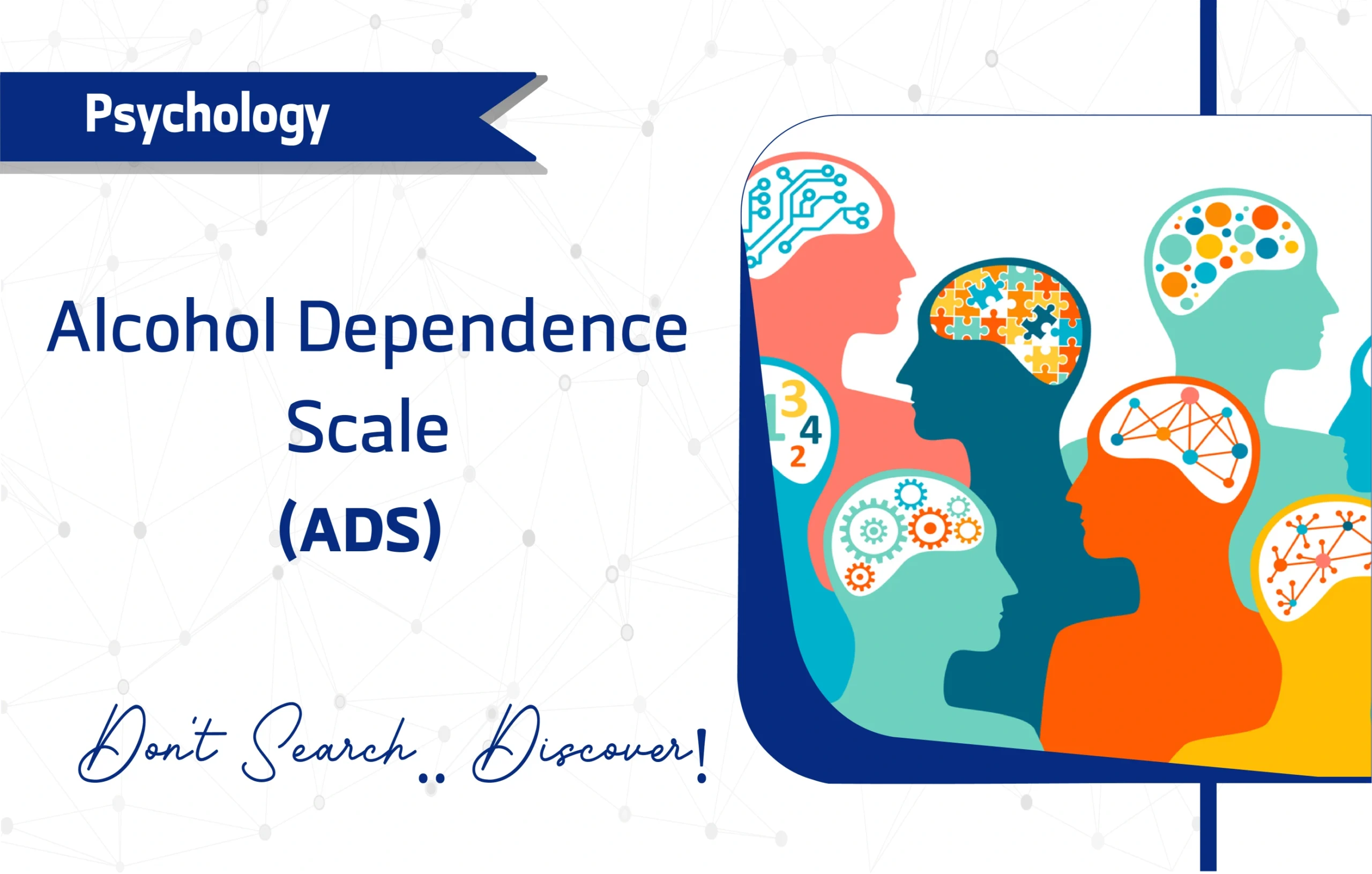

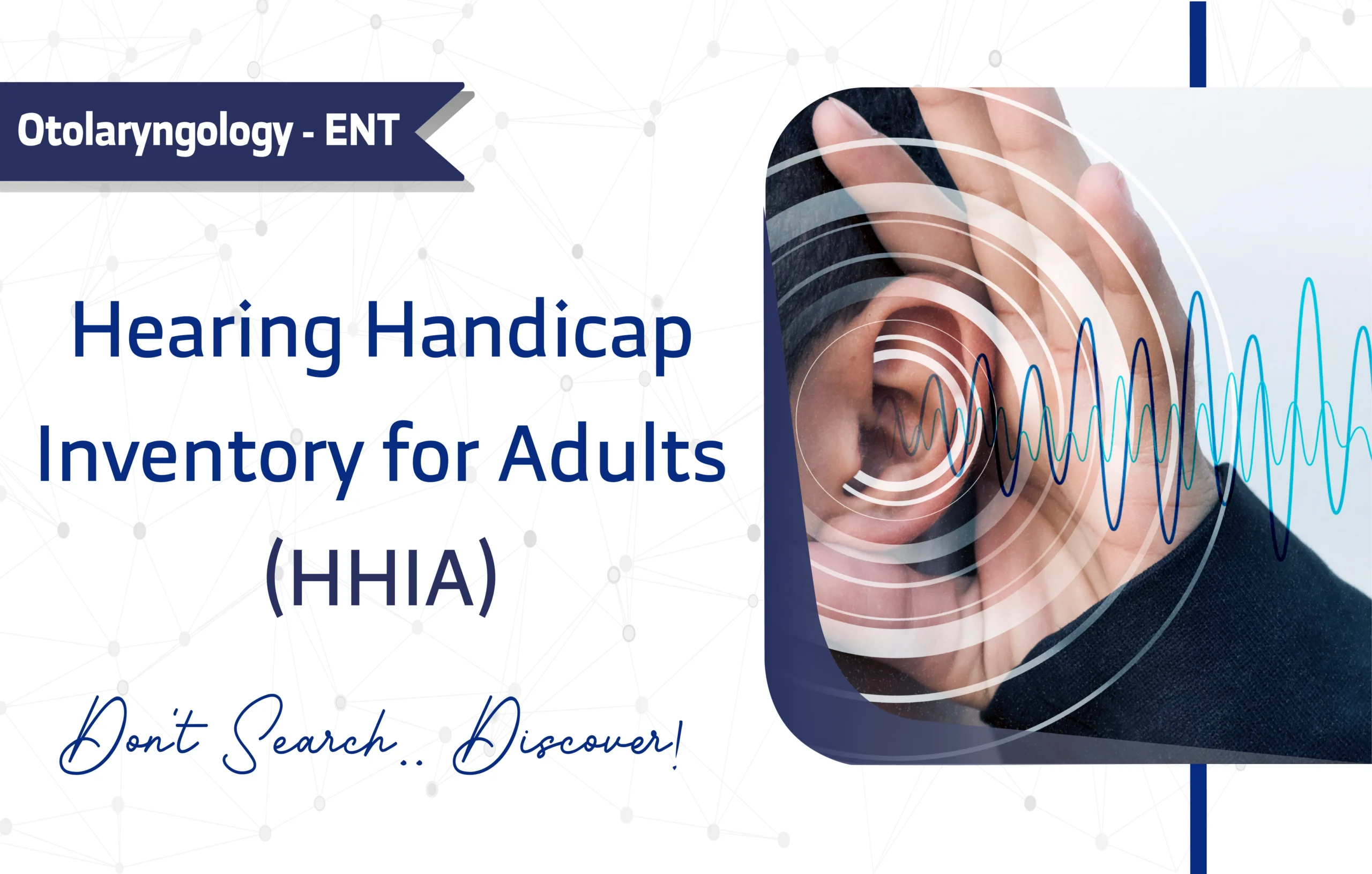
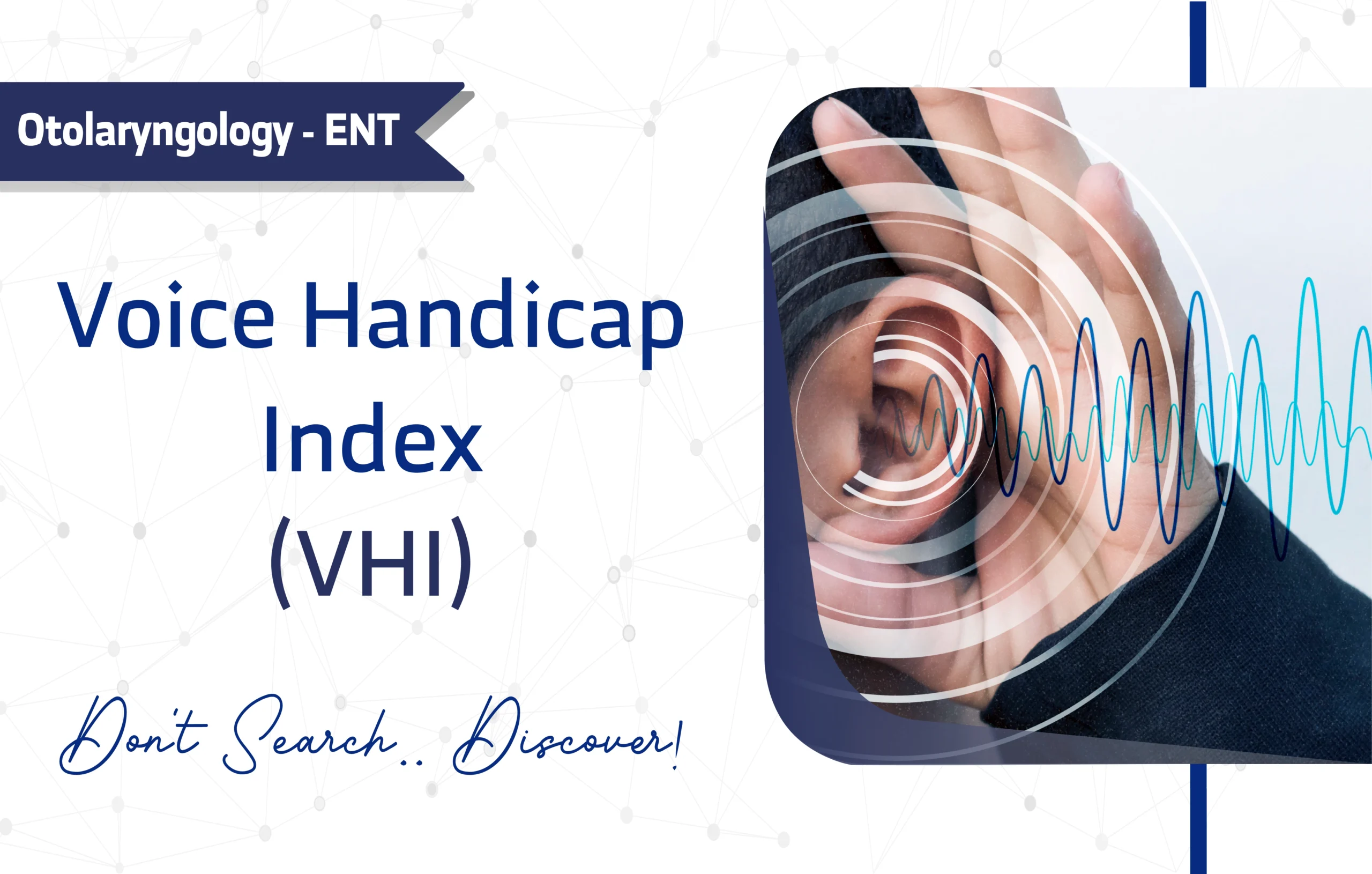

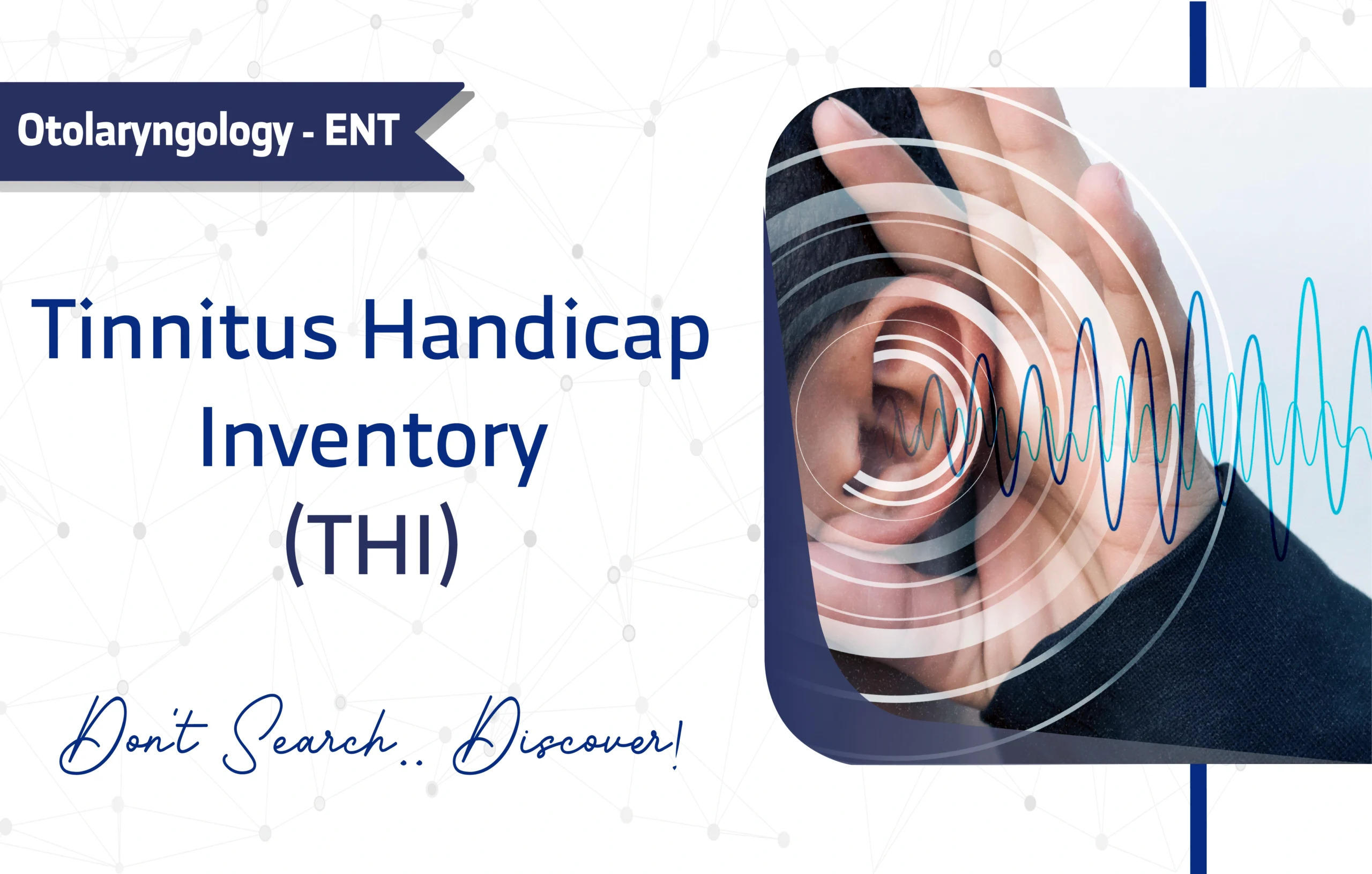
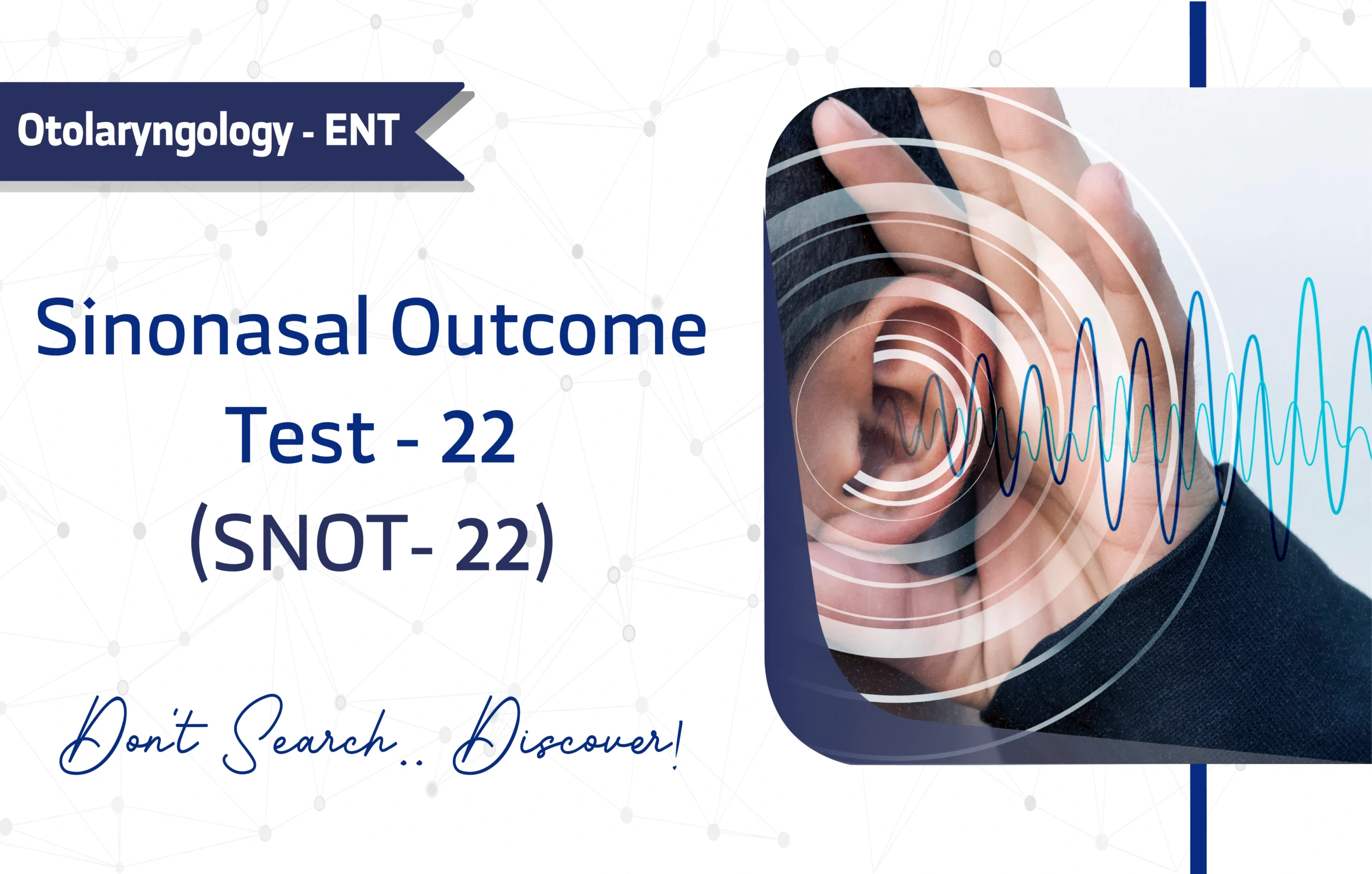
2 thoughts on “Alcohol Dependence Scale (ADS): A Full Guide for Researchers and Clinicians”
Your platform truly bridges the gap between academic theory and real research practice. It’s going to have a strong impact on future researchers.
Your article helped me a lot, is there any more related content? Thanks!